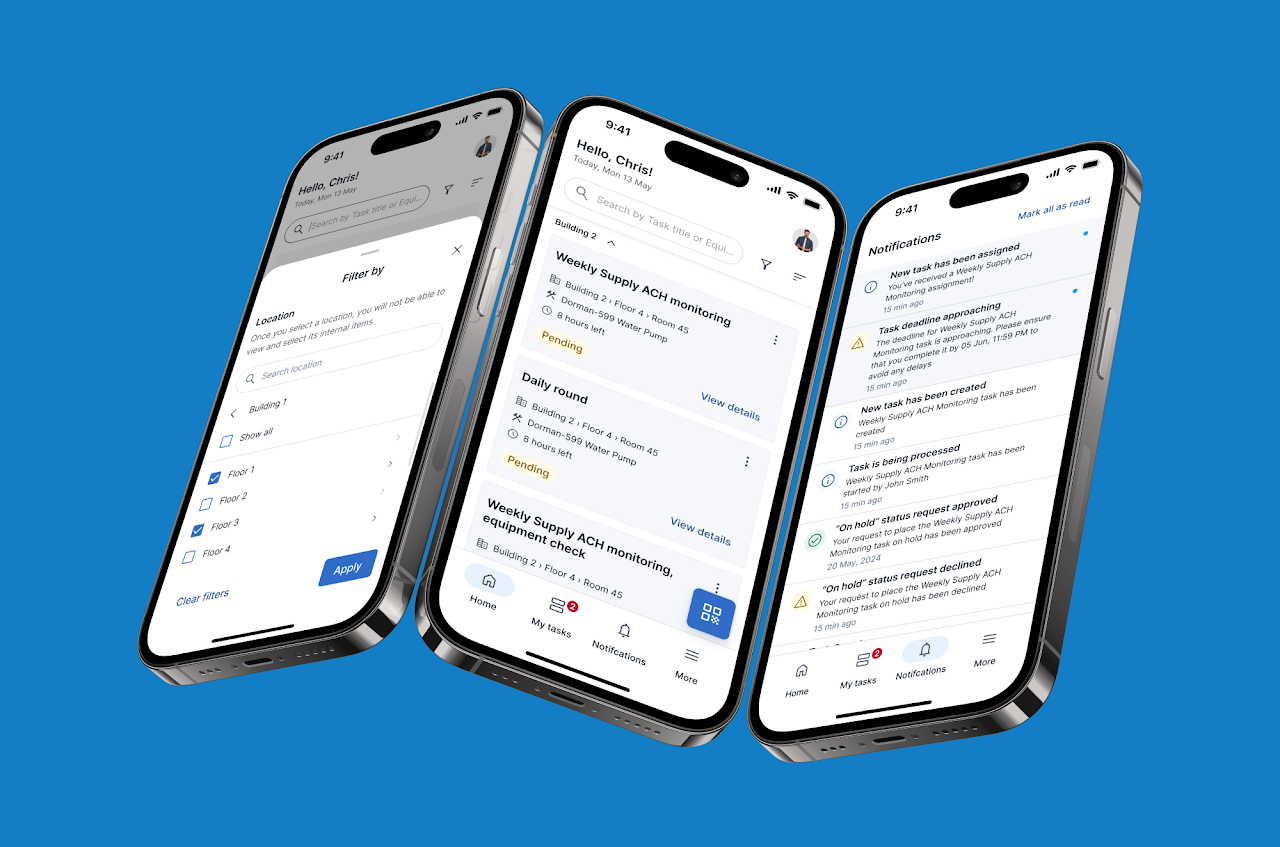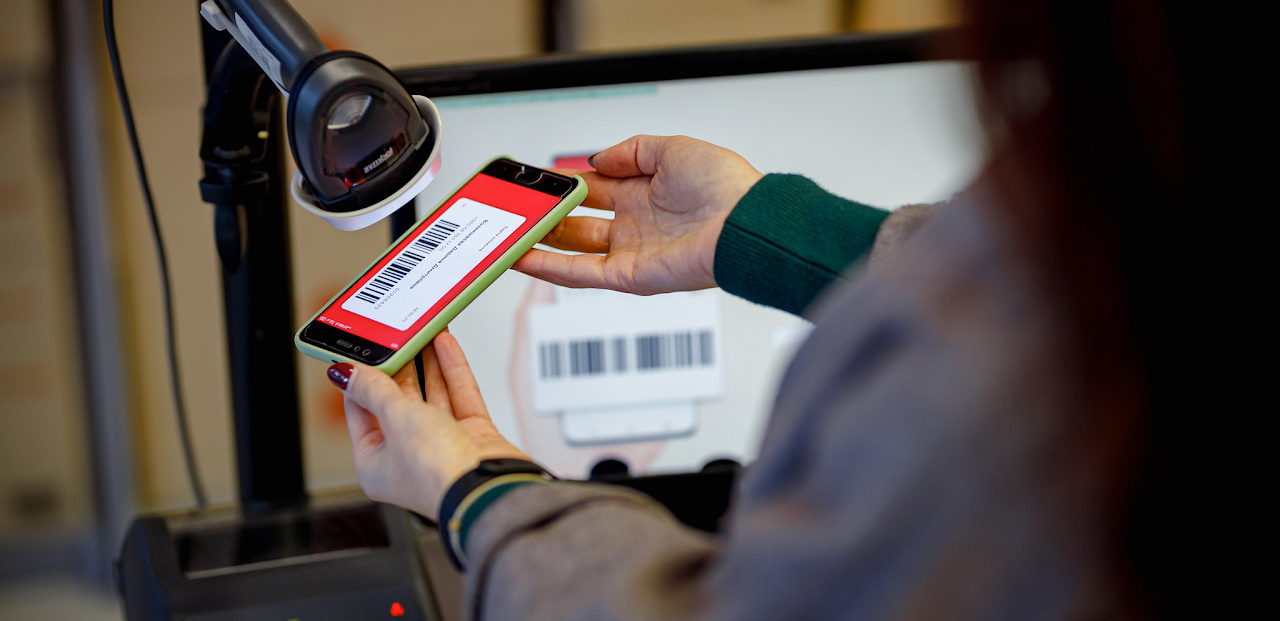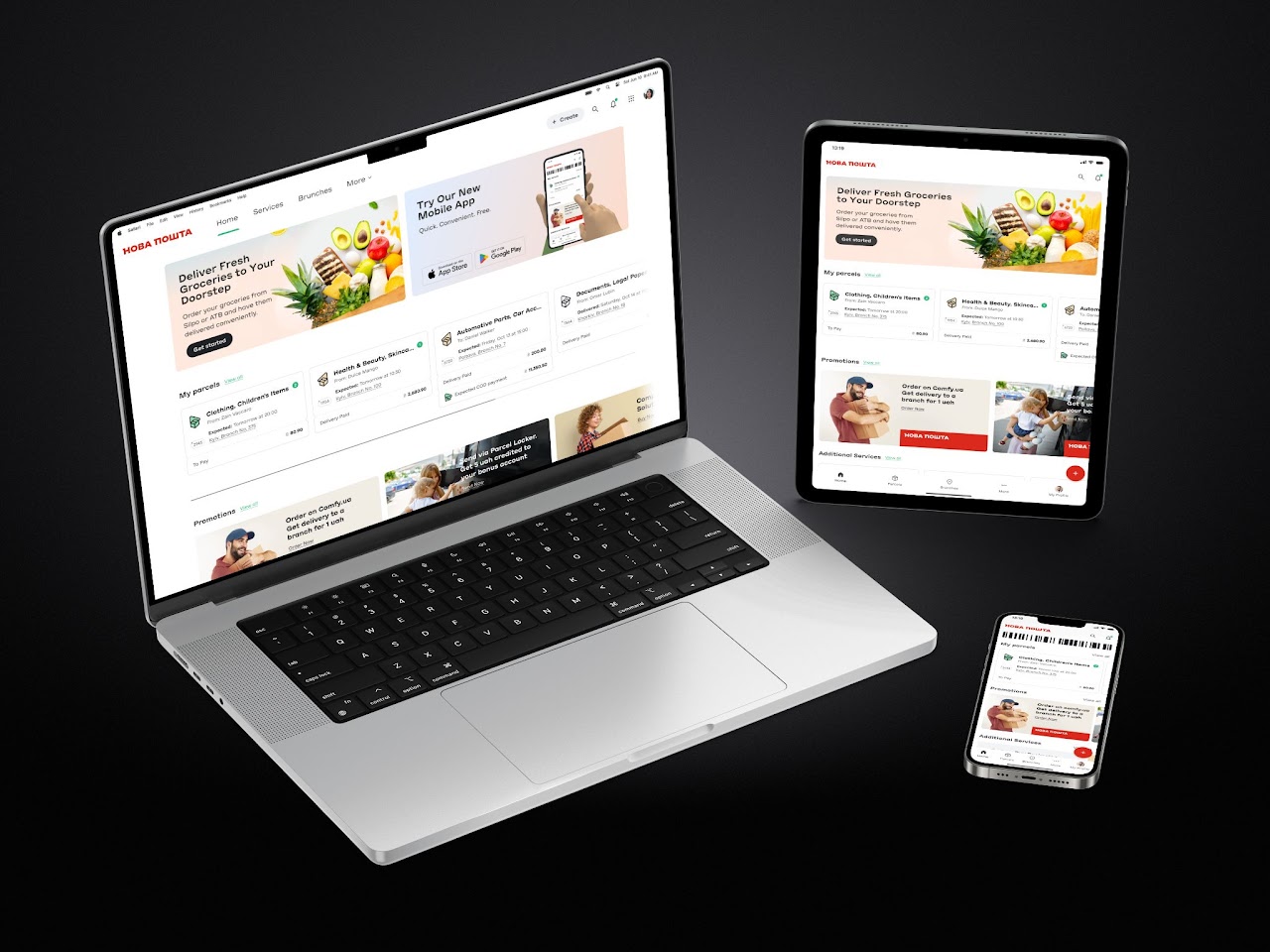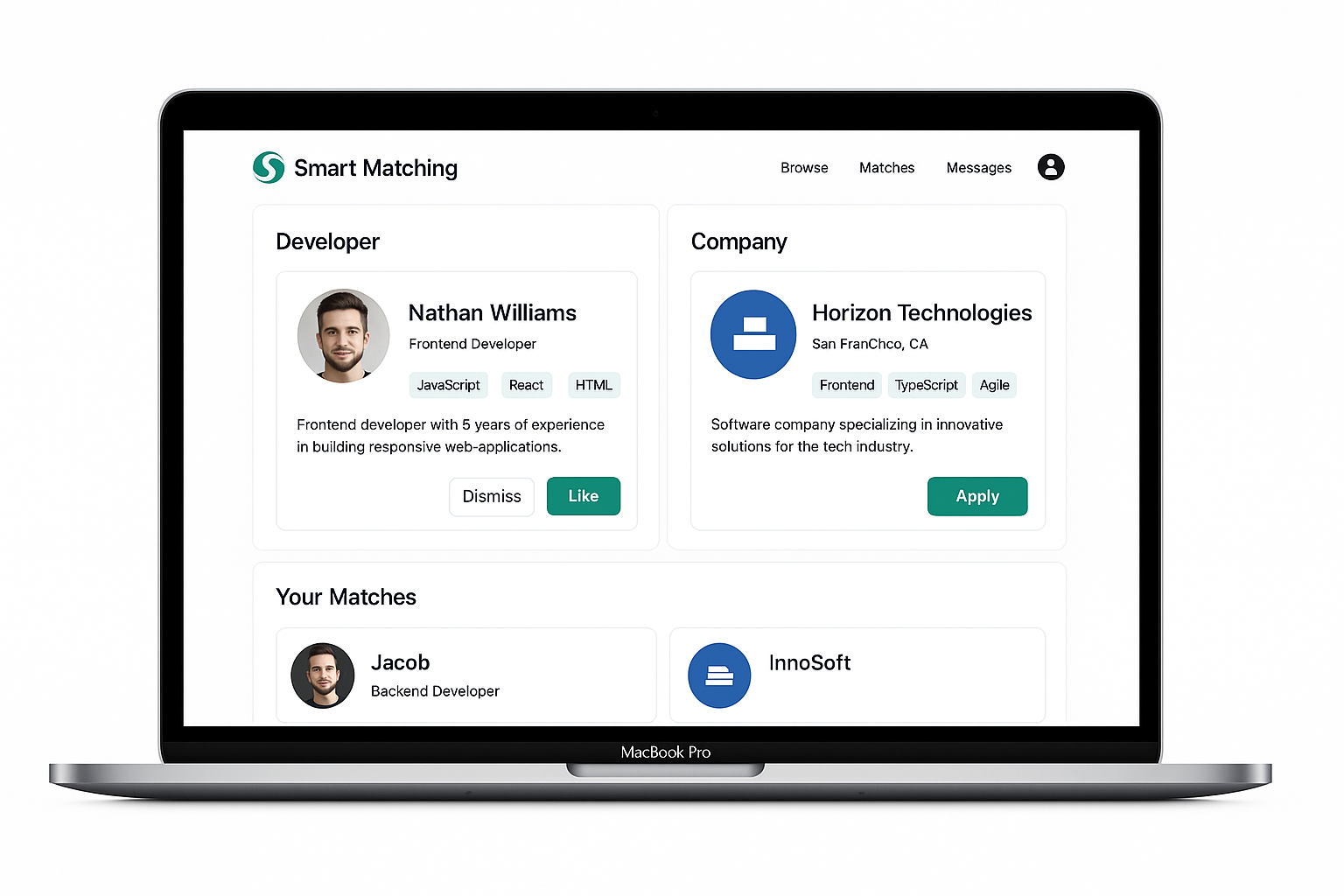The table of content
Overview
In the banking sector, personalizing loan amounts based on client risk levels offers an opportunity to increase both portfolio size and profitability. This case focuses on the overdraft loans segment for small and medium-sized enterprises (SMEs), where a data-driven, risk-based personalization approach was implemented. The objective was to improve how loan limits are assigned, aligning them more closely with each client's actual creditworthiness.
By analyzing the likelihood of loan default and tailoring limits accordingly, a major European bank was able to unlock additional value in an area previously managed using standardized thresholds. This approach not only made lending safer but also helped better serve clients with more accurate and fair credit terms.
Challenge
Overdraft loans for SMEs often rely on flat, one-size-fits-all limits that do not consider the actual risk each business represents. As a result, low-risk clients may receive insufficient credit, while high-risk clients may be overexposed, increasing the likelihood of defaults.
The challenge was twofold. First, to accurately predict which clients were likely to default. Second, to use this insight to personalize loan amounts — reducing limits for riskier clients while responsibly increasing them for safer ones. Without automation and a reliable scoring model, this kind of precision was difficult to achieve at scale.
Solution
The bank’s new approach was implemented in two main phases, making the lending process smarter and more tailored to each SME client.
Phase 1: Understanding Risk
The first step was to build a system that could accurately predict which businesses were likely to default on their loans. To do this, the bank collected and analyzed a wide range of data — including financial reports, account history, payment behavior, and even industry-specific trends.
Using this data, a machine learning model was developed to assign each client a risk score — essentially a number that showed how risky or safe they were as a borrower. This model was trained and tested on past loan outcomes to ensure its predictions were reliable.
Phase 2: Personalizing Loan Limits
Once the model was working well, the bank began using the risk scores to personalize loan amounts. Instead of giving every SME the same standard overdraft limit, clients were divided into three clear categories:
Smarter Credit, Better Results
This new personalized process replaced the old “one-size-fits-all” system and allowed the bank to make faster, fairer, and more profitable lending decisions. The model continuously updated as new client data came in, meaning risk assessments stayed current and accurate over time.
By matching credit to actual risk, the bank was able to reduce defaults, increase customer satisfaction, and grow its SME loan portfolio more safely and efficiently.
Business Impact
The introduction of risk-based personalization delivered remarkable financial outcomes for the bank’s SME overdraft loan portfolio:
- Portfolio value increased by 30%, as the bank was able to lend more to SME clients in a smarter and safer way.
- Portfolio profitability surged by 90%, thanks to fewer defaults and higher returns from low-risk clients.
- Defaults decreased significantly because high-risk clients were either declined or given smaller, manageable loans.
- Interest income rose as the bank increased credit limits for trustworthy, low-risk businesses.
- Customer satisfaction improved, with safer clients receiving credit that matched their real financial needs.
- The bank gained stronger control over risk while unlocking new growth opportunities through smarter capital allocation.
These results highlight how deep risk insights combined with personalized credit strategies can fuel both revenue growth and long-term financial stability. It’s a clear example of how AI-driven lending leads to better outcomes for both banks and businesses.
Conclusion
This case illustrates the value of moving from uniform credit limits to data-driven, risk-adjusted lending strategies. By applying personalized limits based on predicted risk, the bank was able to better protect itself from losses while also unlocking new growth potential within its SME segment. The combination of more accurate decision-making and tailored credit offers resulted in substantial gains in both portfolio size and profitability — without increasing exposure to risk.

















.avif)







































.png)
.png)
